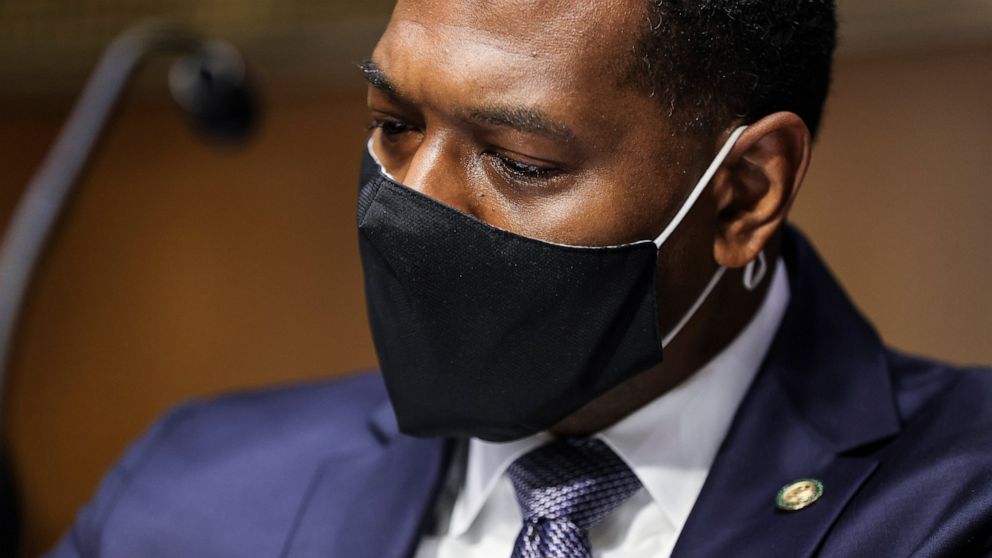Appeals court tells EPA to ban pesticide or decide it’s safe
WASHINGTON — A federal appeals court on Thursday ordered the Environmental Protection Agency to quickly determine whether a pesticide linked to brain damage in children should be banned, saying the agency had delayed acting on the widely used bug-killer chlorpyrifos for nearly 14 years.
In a 2-1 decision, the San Francisco-based 9th U.S. Circuit Court of Appeals ordered the EPA to act on a possible ban within 60 days.
“The EPA has spent more than a decade assembling a record of chlorpyrifos’s ill effects,″ U.S. District Judge Jed S. Rakoff wrote. “Yet, rather than ban the pesticide or reduce the tolerances to levels that the EPA can find are reasonably certain to cause no harm, the EPA has sought to evade, through one delaying tactic after another, its plain statutory duties.″
Rakoff and U.S. Circuit Judge Jacqueline H. Nguyen ordered the EPA to decide within 60 days whether the pesticide is safe, including for infants and children, or ban it.
U.S. Circuit Judge Jay S. Bybee, in dissent, said 60 days was too short, “likely predetermining EPA’s option” and forcing a ban.
“This is a vast overreach, a clear abuse of our discretion,” Bybee wrote.
The decision comes after a yearslong battle over the pesticide, which is widely used on oranges, soybeans, almonds and other crops.
During the Obama administration, the EPA had initiated a ban, but the agency reversed that decision shortly after President Donald Trump took office in 2017. The EPA rejected a legal challenge in 2019, saying environmental groups had failed to prove a ban was warranted.
A spokesman said Thursday that the EPA is reviewing the court decision. President Joe Biden signed an executive order this year to review the Trump EPA’s decision to keep chlorpyrifos on the market.
“As the agency pursues its mission to protect human health, including that of children and the environment, EPA is committed to ensuring the safety of pesticides and other chemicals,” spokesman Nick Conger said. “The agency is committed to helping support and protect farmworkers and their families while ensuring pesticides are used safely.”
Environmental groups said a ban of chlorpyrifos is long overdue.
“The court got it right: EPA’s time is now up,” said Patti Goldman, managing attorney at Earthjustice, one of the groups that challenged the Trump-era decision.
“EPA must now follow the law, ban chlorpyrifos and protect children and farmworkers from a pesticide we know is linked to numerous developmental harms,” Goldman said in a statement. “It would be unconscionable for EPA to expose children to this pesticide for any longer.”
Jennifer Sass, a senior scientist at the Natural Resources Defense Council, another group involved in the litigation, said the appeals court “ruled in favor of science, which has clearly shown that chlorpyrifos is too dangerous to be used to grow our food.”
The ruling — and EPA action expected by the end of June — “will ensure that kids can eat fruits and vegetables free of this neurotoxin,” Sass said.
Scientific studies have shown that chlorpyrifos damages the brains of fetuses and children. California, the largest agricultural state, banned sales of the pesticide as of last year. New York and a handful of other states also have moved to ban it.
Corteva Inc. the world’s largest manufacturer of the pesticide, said last year it would stop producing the pesticide by the end of 2020.
The Delaware-based company, created after a merger of Dow Chemical and Dupont, said declining sales drove its decision to end production and that officials continued to believe chlorpyrifos was safe.
A spokeswoman for the company could not immediately be reached on Thursday.
Teresa Romero, president of the United Farm Workers union, called the court ruling a “huge victory” for farmworkers and their families.
“The men and women who harvest our food have waited too long for a ban on this pesticide,” she said. She urged quick action so workers and families “no longer have to worry about the myriad of ways this pesticide could impact their lives.”
![]()


